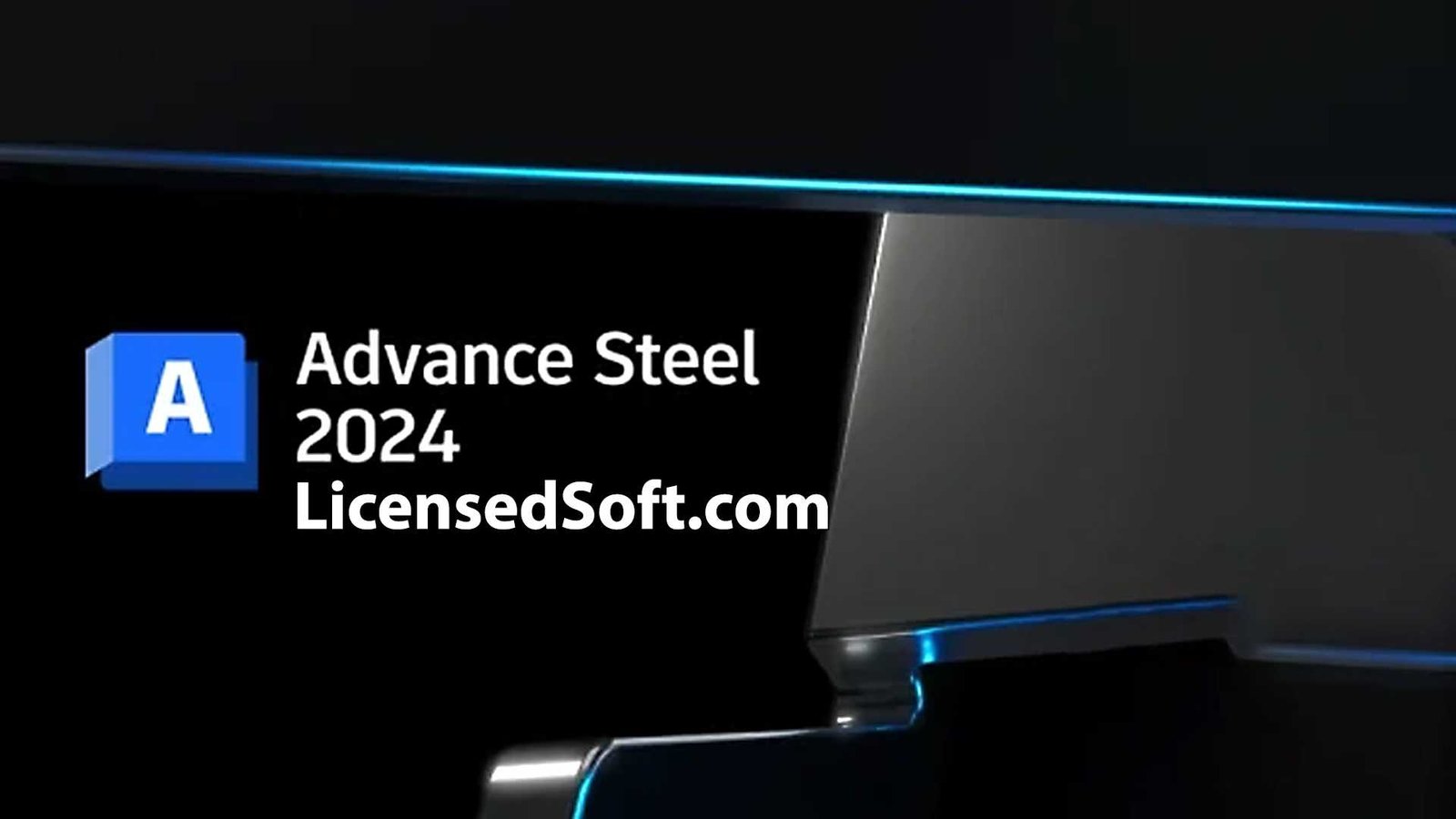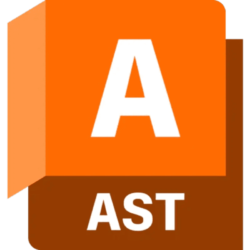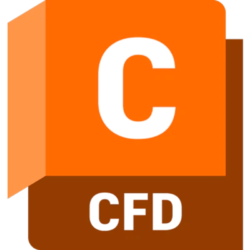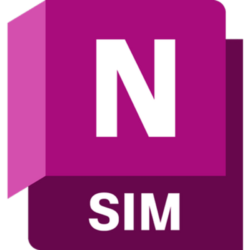Advance Steel 2024 is the leading steel construction application designed for steel professionals. It provides a simple, user-friendly working environment for creating 3D structural models from which drawings are created. You create and store 3D models in the DWG drawing format. The Advance Steel model forms the basis of the 3D construction.
Use Advance Steel structural elements such as door frames or stairs to build complex structures with all required features and connections. Automatically create dimensioned and marked-up general arrangement and shop drawings, manage general arrangement and shop drawings with Advance Steel document manager.
The numbering function finds identical parts in the model and tags them with the same number. Once the design and numbering of the 3D model is complete, 2D drawings can created from that information. And in Advance Steel, it is also possible to create Bill of Materials lists in several different formats.

Advance Steel 2024 New Features:
1. General application
New dedicated SQL localdb instance for Advance Steel: Advance Steel is now creating and using a new dedicated SQL localdb instance instead of the default instance. You can also get Autodesk AutoCAD Mechanical 2024 By LicensedSoft.
Advance Steel now supports all SQL Server editions to allow custom access permissions to shared databases created by SQL Server, allowing full read and write functionality, or limiting Advance Steel’s functionality with read-only permissions. See SQL Server Support for Advance Steel.
2. Create and manage drawings
New Element Attribute Detail Sorting Token for Drawing Procedures: Sorts the details created by the drawing procedure according to the attributes of the detail elements. See “Element Attribute Detail Sorting Tokens” for the paint process.
New Commands to Add or Remove Weld Symbol Leaders: Learn how to add or remove leaders from automatic and manual, simple or combined weld symbols. See Weld Symbol Leaders.
The new management tool defaults to Automatically Combine Welding Symbols: Automatically combines welding symbols corresponding to welded connection elements with the same single part number. See Create Composite Welding Symbols.
3. 3D modeling
New panelized monowills connection. Use the new panelized monowills connection to create monowills railings with the largest panel size for easy on-site fabrication and transport. See Placing Monowills Panel Manipulation.
New switch connection object mode command: Easily switch connection object type modes to other modes using context menu options. See Switch Connection Object Pattern.
New message frame for creating userparts: Changed display of results and corresponding error messages for generating userparts. Now, this information can manipulated in the data panel, similar to the results of part numbers and clash check analyses. See section Examining Generated Users.
Grip extension for beam elements. You can now use end grips to modify the length of beam elements without inadvertently changing the orientation of the element. You can easily do this regardless of the orientation of the element or coordinate system using the Lengthen command or Extend Object Snap. See Modifying Beam Length Using End Grab Points.
New filter options for detailed parts. You can now use search filters to find model elements detailed as individual parts and/or main parts. See Searching for detailed parts in a model.
4. Number
Numbering with Holes: You can now choose to ignore holes on elements during the numbering process. This allows you to use the same part mark for similar elements with different hole pattern characteristics.
The “Use holes for numbering” checkbox is available both in the properties dialogs of holes, bolts and anchors and in the properties dialogs of elements on which holes, bolts and anchors are applied, such as beams and slabs. See Using Holes for Numbering.
5. APIs
- Autodesk Advance Steel Added the ability to ignore holes during numbering in the public API. The API is available for hole features host objects (i.e. beams, plates), bolts and anchors.
- Refactored the constructors exposed in the API of the Polyline3d class to remove situations. It allows the creation of invalid polylines, as well as refactored the internal code behind these constructors.
- API adjustment to avoid some beam hole inconsistencies when copying or moving beams with holes.
- API users can now correctly ask for connection types, fillets or profiles that can define advanced steel objects.




